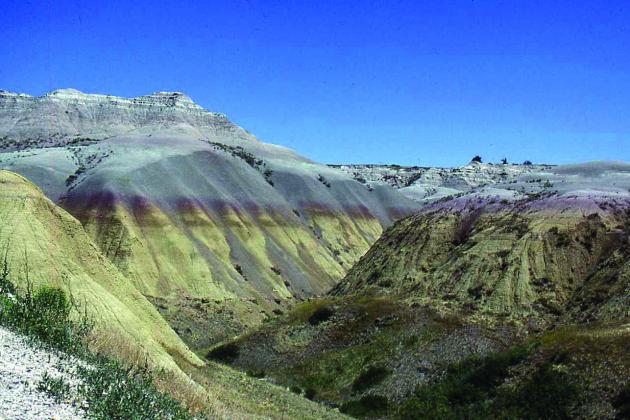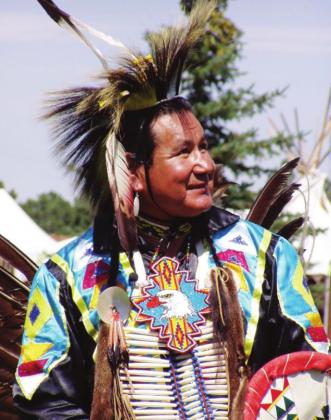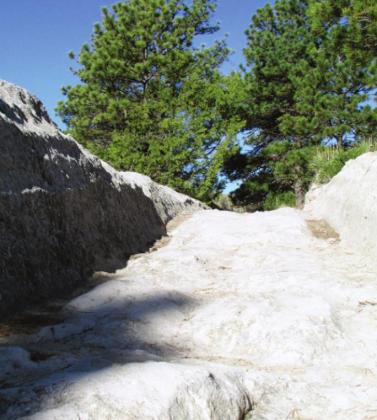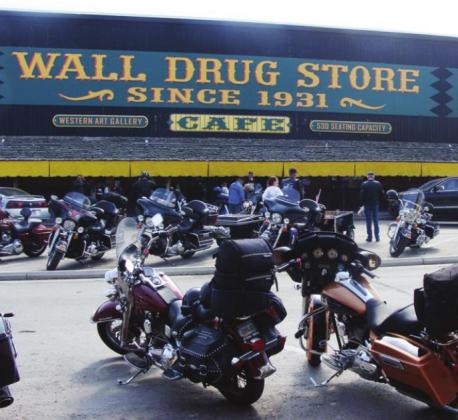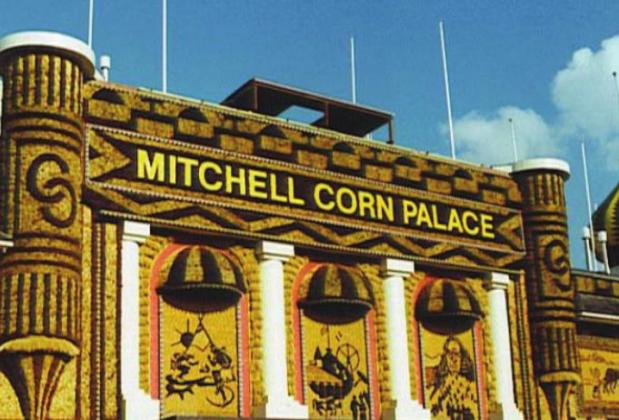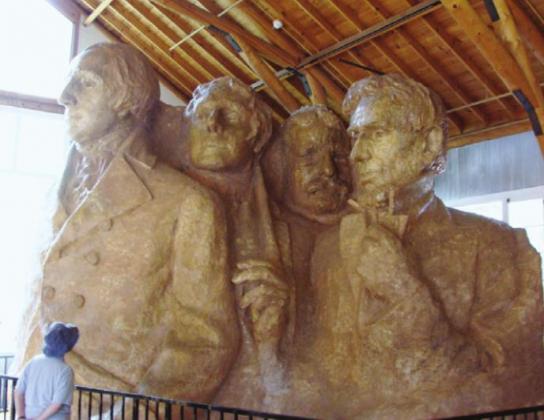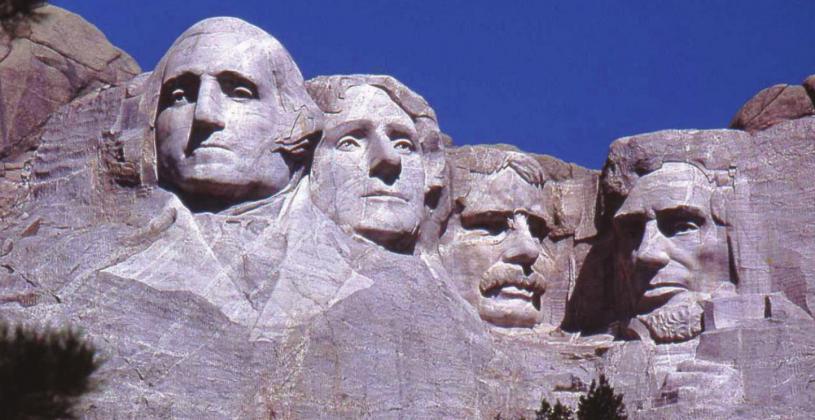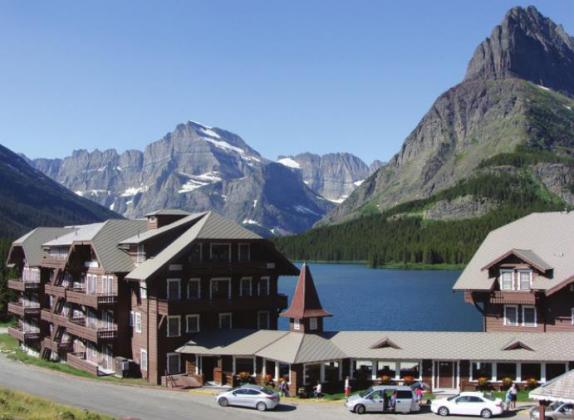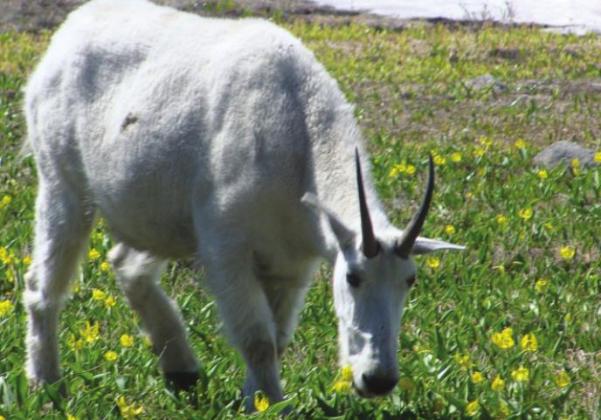TOURING THE ancient Indian cliff dwellings at Bandelier National Monument in New Mexico, Shirley and I met a family from Dayton. They said their travel objective was to visit all the national parks and wondered how many we had been to.
We couldn’t answer. Though we love the national parks and have visited a boatload, we have never been to any just for the sake of crossing it off a list. I keep a travel journal but not a spreadsheet. Besides, it depends on what you mean by a national park. There are 63 that bear that designation, but the National Park Service also manages 423 facilities in a number of other categories:
National Monuments
Historical Parks and Sites
Scenic Areas
Preserves and Wild Life Areas
Seashores, Lakeshores, and Rivers
Battlefields, Military Parks, Cemeteries.
In our experience, none of those places is less worthy just because it is not called a national park. But the distinctions can be a little confusing. Broadly speaking, the difference is that congress designates national parks and the president the monuments. Yellowstone NP, established in 1872, was the first and, many of us believe, still the best. In 1906, Devil’s Tower became the first National Monument. A “monument” is not a statue or grave marker but often a substantial piece of real estate. Grand Staircase NM in Utah, for example, is larger than all five of the Utah national parks combined. There is also no guarantee that national park status includes either spectacular scenery or the variety of interesting wildlife. Cuyahoga Valley NP near Cleveland is quite nice, but it ain’t no Grand Canyon.
When we are planning a trip, we choose a destination and then look for additional places to see along the way both to and from. We favor loop trips to expand the number of opportunities to visit different places. Often those places are other national parks, but the objective is to maximize the pleasure of the trip, not to see how many we can squeeze in and check off.
For example, open your atlas and find Yellowstone NP in the northwest corner of Wyoming. How would you get there? Google Maps says to take I-80 to Iowa City, then I-380 and I-35 up to I-90 and on to Buffalo, WY where Rt. 16 leads to the Yellowstone East Entrance (1,591 miles, 25 hrs.). Shirley and I have taken that route several times, but the website does not tell you what factors might cause you to modify it or choose vastly different alternatives.
You might decide to continue on I-80 all the way to Rock Springs, WY because the drive through southern Wyoming is simply grand as the highway climbs high above vast mountain valleys and you can see forever. Or the eastern edge of forever, anyway. Rt. 191 runs north to Jackson and Grand Teton NP just south of Yellowstone. One year we stayed on I-80 all the way through Wyoming to Idaho and then up to the Tetons from the west. Because they are so close together, we rarely go to Yellowstone without spending a week or so in the Tetons, going, coming, or both.
Or, we might leave I-80 back at Cheyenne, WY and take I-25 north. For a particularly memorable birthday, Shirley got tickets to the Cheyenne Frontier Days Rodeo with the Behind the Chutes Tour and festivities at the Indian Village where there was hoop dancing and displays of other skills. Also guys dressed as mountain men but much neater, cleaner, and better smelling than the originals.
North on I-25 from Cheyenne are Casper, Buffalo, and Sheridan from any of which we turn toward Yellowstone depending on whether fishing the Tongue River in the Bighorn Mountains or the Shoshone River west of Cody is on the agenda.
Though it seems entirely improbable from looking at a map, Google says the quickest way to Mammoth Hot Springs in Yellowstone from Buffalo is to take I-90 through Sheridan in a big loop around to the north and then south again. Longer but quicker because interstate speed limits are about double what you can drive through the mountains east of Yellowstone. An added benefit is that I-90 goes right past the Little Bighorn Battlefield National Monument on the Crow Indian Reservation. There are markers for 7th Cavalry Soldiers and their Indian scouts and for the Sioux, Cheyenne, and Arikara warriors who died defending their way of life. Custer’s Last Stand cost his life and that of all his 258 soldiers and 10 Indian scouts when they sought to attack the Indian encampment of 7,000. A man’s got to know his limitations.
If we are not taking I-80 even as far as Cheyenne, Rt. 26 provides a shortcut from Nebraska up to Casper. After, of course, visiting Buffalo Bill’s ranch and home near North Platte. Though he was a frontiersman, pony express rider, and buffalo hunter as a young man, Bill Cody became prosperous through his Wild West Show and built a Victorian-style home appropriate for his status. It looks nothing whatsoever like the ranch houses you see in the movies.
Rt. 26 follows the North Platte River past Scotts Bluff National Monument. The 800-foot landmark rising from the monotonous flatlands of Nebraska was a beacon for pioneers on the Oregon National Historic Trail. Nearby are other pioneer landmarks at Chimney Rock and Courthouse Rock National Monument. If you were a true Oregon Trail aficionado, you would want to check out Register Cliff National Historic Site where pioneers and later visitors carved their names, and Oregon Trail Ruts Historic Landmark where thousands of wagon wheels left four-foot-deep slashes in solid rock.
A little farther along the same route is Fort Laramie National Historic Site that began as a trading post in 1831. Trappers brought beaver pelts and Indians brought buffalo robes to exchange for manufactured goods. In 1849, that momentous year later honored by an NFL football team, the army bought the post and established Fort Laramie to protect the flood of emigrants headed to the gold fields and homesteads.
Sometimes we leave I-80 still farther back at Omaha and follow I-29 up the Missouri River with stops along the Lewis and Clark National Historic Trail. That way leads to I-90 in Sioux Falls, SD and the first of 7,000 or so billboards promoting Wall Drug, apparently a destination in itself. But the main reason that South Dakota is not quite as boring as Nebraska may be the Corn Palace in Mitchell. The Palace is an enormous homage to the thousands of uses of corn. Each year there are gigantic murals covering the entire exterior of the building created from cobs of dry corn, husks, stalks and other corny body parts. The Palace brags of attracting 500,000 visitors a year. Which makes it nearly as popular as Wall Drug.
Between the Palace and Wall Drug is Badlands NP. Which really ain’t so bad at all if you happen to be a 21st century traveler. In 1823, Jedediah Smith led a party of trappers in there and got lost in the maze of dead-end canyons until their water ran out and they almost died. Gen. Custer called the badlands “Hell with the fires burned out.” (How’s that for a slogan to promote tourism?) We admire the rugged, serrated ridges with layers of yellow, red, and even purple rock. Then there is sunrise or sunset and the fresh aroma of the prairie just before dawn or just after a rain. Wildlife includes bighorn sheep, pronghorns, bison, and the prairie dog village. When we took the kids there for the first time in 1980, they were fascinated when a ranger came to remove a rattlesnake from under a picnic table.
We stop at Wall Drug shortly after leaving the park to get coffee and the best cinnamon rolls you ever put in your mouth. (The inducement to visit in 1931 was the offer of free ice water.) Now, like Jedediah Smith, you could get lost in the maze created as the original store expanded randomly in all directions to reach 76,000 sq. ft. There’s an 80-ft. plastic brontosaurus out back and enough souvenirs and tchotchkes to keep dedicated browsers busy the rest of the day. Even if it is not a designated Tourist Trap National Site. But we are always eager to hit the road right after the cinnabuns.
While in the Black Hills area, though, we might have a peek at Mt. Rushmore National Memorial, Wind Cave NP which is more than just the cave, and Devil’s Tower National Monument where space aliens landed in Close Encounters of the Third Kind. What’s spooky is that every time we visit the Tower, there is an ominous, threatening thunder and lightning show that pops up out of nowhere. We pity the poor rock climbers hanging by their fingernails about 3,000 ft up on the 5,000-ft. rock face with lightning flashing all around and golf ball hail smacking them in the head.
And, speaking of close encounters with aliens, you might want to stop in Sturgis during the annual motorcycle rally. Or maybe not. We have met some very nice bikers, but some of them can get a little boisterous.
You might not choose any of these routes for any number of personal preferences. Getting around Chicago is probably not one of the highlights of any trip west, and it used to be even worse. While Chicago was rebuilding I-80 for a couple decades, the traffic was horrendous. So a couple times we went via Ann Arbor to Flint where I-75 merges in from Detroit. Once past the urban areas, the drive through Michigan is very pleasant and gets even better after crossing the Mackinac Bridge into the Upper Peninsula. It is only a modest detour to Pictured Rocks National Lakeshore before heading through Duluth to I-94 in Minnesota and then to North Dakota.
Right off I-94 at Medora, ND is the South Unit of Theodore Roosevelt NP where young Teddy tried his hand at ranching on the Little Missouri River. There are wild horses and, just before dusk, bison come snorting and grumbling from all directions to herd up for the night. Like RVers, they seem to prefer to spend the night in Cottonwood Campground. We learned to be extra careful on the way to the restrooms after dark because those shaggy beasts could suddenly loom up just a few feet ahead in the beams of our flashlights.
At Livingston, MT, we leave I-94 to take beautiful Rt. 89 along the Yellowstone River through appropriately named Paradise Valley to the North Gate of Yellowstone NP.
But one year we stayed on Rt. 2. all the way across North Dakota (the North Unit of Teddy Roosevelt NP is up there) and through Montana to Glacier National Park for a week. The Many Glacier area has an impressive lodge with an even more impressive view of Grinnell Point across Swiftcurrent Lake. The Swiss style, timber-frame building provides what they call “modest amenities” at immodest prices. But it’s the location, location, location. Park lodges are usually worth visiting even if you don’t plan to stay.
Going-to-the-Sun Road runs east-west through Glacier and over Logan Pass where there are herds of bighorn sheep and mountain goats. And snowboarders all summer. On the western side of the Pass is 558-ft. Bird Woman Falls (Niagara is 167 ft.) and beautiful Lake McDonald carved by massive glaciers. The route south from Glacier passes Flathead Lake and through the National Bison Range on the way to Yellowstone’s North Entrance. We have also taken the route to the West Yellowstone entrance. It is a gorgeous drive either way even though you might get slowed up by cowboys driving a herd across or right down the highway.
But we still can’t answer the question “how many parks?” Getting to Yellowstone could involve quite a few other national parks, monuments, historic sites, battlefields, cemeteries, preserves, and wildlife areas. I’m too lazy to go back and count all of the ones mentioned just in this story. A similar pattern could be repeated all over the country.
There are more good ways to get to Yellowstone than Google has begun to think of. Still, many people hesitate to drive even Google‘s shortest route. But here’s a paradox: The trip actually feels shorter if you make it longer by pausing often. If kids are kicking the back of the driver’s seat or the driver’s seat is just getting numb, frequent stops are more pleasant than 12 or 15 hours behind the wheel. There is an infinite supply of interesting things to see in America. Any route you choose can be just a walk in the park.
LeMoyne Mercer is the travel editor for Healthy Living News. If you are contemplating a trip, you might want to see pictures of numerous destinations on his blog, anotherwalkinthepark.blogspot.com.

